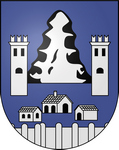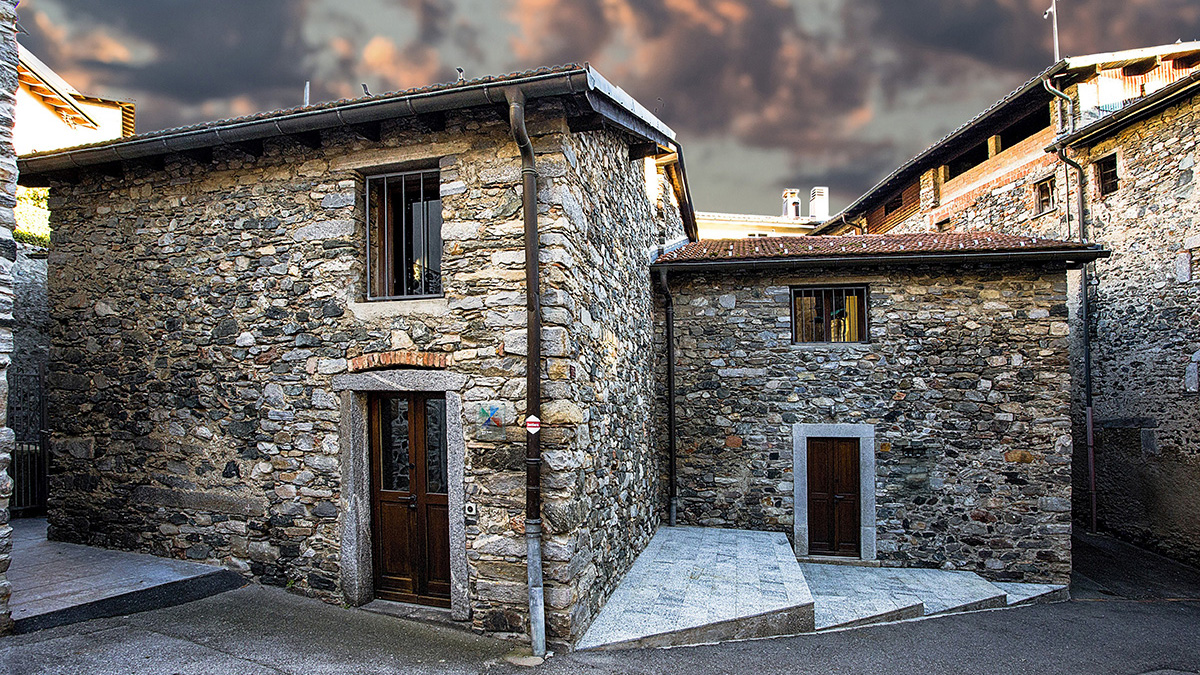History
Sonvico, part of Lugano since 2013, owes its name to its position on a hill at the northern edge of the Cassarate valley, summus vicus, meaning "the highest village".
The district is linked to numerous Roman and pre-Roman discoveries, such as a stone slab with an inscription in the northern Etruscan alphabet and various burial sites. Evidence from the Bronze and Iron Ages is also present.
Once under the control of the Dukes of Milan in the 1400s, the Diet of the 12 Cantons in 1517 formalized its accession to the Swiss Confederation, on the condition that the walls of the Castellanza (as the local community enclosed within the walls of the Sonvico Castle was then called) be demolished.
Until 1800, Sonvico’s boundaries also included the territory of what is now the district of Villa Luganese and, until 1878, that of the former municipality of Cimadera.
The well-preserved medieval village core is noteworthy. Among the historically significant buildings are the oratory of San Martino, of Romanesque origin and a rare example of a wooden church south of the Alps, the church of San Giovanni Battista, and the church of San Nazario. The main square is home to the Casa della Ragione. Another remarkable historical artifact of life in the Castellanza is the Torchio delle noci (1582), one of the oldest lever presses from Piedmont still found in Ticino.
The coat of arms

The Armoriale dei Comuni ticinesi by Gastone Cambin, published in 1953 by the Istituto Araldico e Genealogico di Lugano, described the coat of arms of Sonvico as follows: "Azure, a mountain on the edge of a cliff dominating the village, flanked by two round towers, crenellated and windowed 2-1 in sable, overall in argent." The coat of arms was granted by Duke Filippo Maria Visconti on 13 January 1415, as a reward for the loyalty shown to the Visconti by the inhabitants of Sonvico. The emblem recalls Sonvico's position in the mountains and the presence of a fortified castle that once surrounded the territory (Castellanza).
Places of interest
The Torchio delle noci is one of the largest and oldest lever presses from Piedmont remaining in the Canton (the main trunk bears the date 1582).
The press has been repaired several times, with some parts replaced due to wear and tear over time. Particularly significant restorations and replacements involved the main screw and nut, dated 1765 and 1869.
It is believed that the press was used not only for pressing walnuts but also for pressing grape pomace.
In the summer of 1983, further restoration work was completed, during which special resins were used to reconstruct damaged and missing parts.
The original structure, of which no trace remains, dates back to 1375, and it became an autonomous parish in 1419. Over the centuries, restorations and expansion works followed. The architect Rino Tami contributed to the 1938 renovations, while another restoration was carried out in 1997–99.
Inside the church, 15th-century paintings can be observed on the counter-façade, depicting saints and a Madonna enthroned. Paintings by Gian Domenico Caresana, executed in 1614, illustrate key moments in the life of John the Baptist: his birth, the baptism of Jesus, the prediction before Herod, and the beheading.
Documented since 1146, it is located on the Sorivo hill. The religious building was originally made of wood in the second half of the 7th century and was half the size of the current structure. Within less than a century, it was replaced by a masonry church, which was further expanded in the 12th and 17th centuries. The current appearance corresponds to the modifications made in the 1600s.
The first records of the church, located along the cantonal road in the hamlet of Dino, date back to a document from 1146, which sought to resolve a dispute between the Monastery of San Carpoforo of Como and the Chapter of San Lorenzo of Lugano. In 1684, Bishop Ciceri ordered significant interventions to prevent further deterioration of the building. The church was renovated again at the end of the 19th century and restored in the early 1970s.
Inside the nave, Romanesque frescoes from the 11th century can be admired. In the northern chapel is a mature work by Bernardino Luini from around 1529, a detached fresco from the demolished church of S. Francesco in Lugano: the Crucifixion with two angels collecting Christ's blood, the Madonna, and Saint John the Evangelist.

The English version of this page was created with the aid of automatic translation tools and may contain errors and omissions.
The original version is the page in Italian.